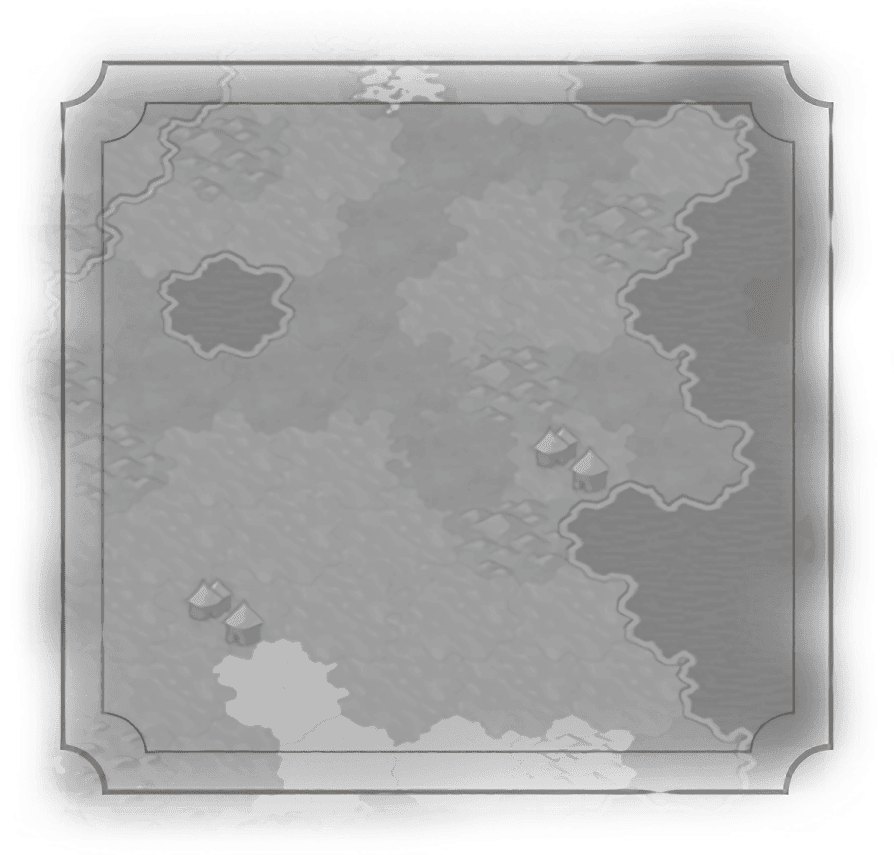Improvements
Airstrip
Alcázar
Barricade
Batey
Cahokia Mounds
Camp
Château
Chemamull
City Park
Colossal Head
Corporation
Farm
Feitoria
Fishery
Fishing Boats
Fort
Geothermal Plant
Golf Course
Great Wall
Hacienda
Ice Hockey Rink
Industry
Kampung
Kurgan
Lumber Mill
Mahavihara
Mekewap
Mine
Missile Silo
Mission
Moai
Modernized Trap
Monastery
Mountain Tunnel
Nazca Line
Nubian Pyramid
Offshore Oil Rig
Offshore Wind Farm
Oil Well
Open-Air Museum
Outback Station
Pā
Pairidaeza
Pasture
Plantation
Polder
Qhapaq Ñan
Quarry
Reinforced Barricade
Rock-Hewn Church
Roman Fort
Seaside Resort
Seastead
Ski Resort
Solar Farm
Sphinx
Stepwell
Terrace Farm
Trading Dome
Trap
Vampire Castle
Wind Farm
Ziggurat
Routes


Nazca Line
Description
Unlocks the Builder ability to construct a Nazca Line.
+1 Faith to adjacent tiles. +1
Faith to adjacent tiles. +1  Faith to adjacent tiles with a resource. +1
Faith to adjacent tiles with a resource. +1  Food to adjacent Desert and Desert Hill tiles after discovering Civil Service. +1
Food to adjacent Desert and Desert Hill tiles after discovering Civil Service. +1  Production to adjacent flat tiles after researching Mass Production. +1 Appeal. Can only be built on flat Desert. This tile cannot be worked .
Production to adjacent flat tiles after researching Mass Production. +1 Appeal. Can only be built on flat Desert. This tile cannot be worked .
+1
 Faith to adjacent tiles. +1
Faith to adjacent tiles. +1  Faith to adjacent tiles with a resource. +1
Faith to adjacent tiles with a resource. +1  Food to adjacent Desert and Desert Hill tiles after discovering Civil Service. +1
Food to adjacent Desert and Desert Hill tiles after discovering Civil Service. +1  Production to adjacent flat tiles after researching Mass Production. +1 Appeal. Can only be built on flat Desert. This tile cannot be worked .
Production to adjacent flat tiles after researching Mass Production. +1 Appeal. Can only be built on flat Desert. This tile cannot be worked .Historical Context
The Nazca lines are huge geoglyphs—figures cut into the earth, created by the Nazca culture that lived in Peru between 500 BCE and 500 CE. Some figures may be older, from the Paracas culture, since the figures follow some of the design motifs found in Paracas textiles. The designs are fragile despite their size, and are made by removing a thin layer of red pebble topsoil to reveal the lighter rock underneath. The Nazca lines are stylized depictions of birds, animals, and human figures. Some of the Nazca lines are simple marks oriented with various celestial landmarks.
The Nazca lines might have been associated with invocations of favorable rainfall from sky deities, but our understanding of Nazca culture is not complete enough to provide anything besides plausible explanations. A variety of less plausible explanations for the lines have been offered, many of which fail tests of parsimony, if not strain credibility to the breaking point.
Changes to the arid desert environment of the Nazca plateau and their popularity as tourist attractions are the biggest threats to the preservation of the Nazca lines. If rainfall patterns change, the lines may literally wash away. If careless tourists continue to damage them, they may disappear beneath the footprints of their admirers.
The Nazca lines might have been associated with invocations of favorable rainfall from sky deities, but our understanding of Nazca culture is not complete enough to provide anything besides plausible explanations. A variety of less plausible explanations for the lines have been offered, many of which fail tests of parsimony, if not strain credibility to the breaking point.
Changes to the arid desert environment of the Nazca plateau and their popularity as tourist attractions are the biggest threats to the preservation of the Nazca lines. If rainfall patterns change, the lines may literally wash away. If careless tourists continue to damage them, they may disappear beneath the footprints of their admirers.

Description
Unlocks the Builder ability to construct a Nazca Line.
+1 Faith to adjacent tiles. +1
Faith to adjacent tiles. +1  Faith to adjacent tiles with a resource. +1
Faith to adjacent tiles with a resource. +1  Food to adjacent Desert and Desert Hill tiles after discovering Civil Service. +1
Food to adjacent Desert and Desert Hill tiles after discovering Civil Service. +1  Production to adjacent flat tiles after researching Mass Production. +1 Appeal. Can only be built on flat Desert. This tile cannot be worked .
Production to adjacent flat tiles after researching Mass Production. +1 Appeal. Can only be built on flat Desert. This tile cannot be worked .
+1
 Faith to adjacent tiles. +1
Faith to adjacent tiles. +1  Faith to adjacent tiles with a resource. +1
Faith to adjacent tiles with a resource. +1  Food to adjacent Desert and Desert Hill tiles after discovering Civil Service. +1
Food to adjacent Desert and Desert Hill tiles after discovering Civil Service. +1  Production to adjacent flat tiles after researching Mass Production. +1 Appeal. Can only be built on flat Desert. This tile cannot be worked .
Production to adjacent flat tiles after researching Mass Production. +1 Appeal. Can only be built on flat Desert. This tile cannot be worked .Historical Context
The Nazca lines are huge geoglyphs—figures cut into the earth, created by the Nazca culture that lived in Peru between 500 BCE and 500 CE. Some figures may be older, from the Paracas culture, since the figures follow some of the design motifs found in Paracas textiles. The designs are fragile despite their size, and are made by removing a thin layer of red pebble topsoil to reveal the lighter rock underneath. The Nazca lines are stylized depictions of birds, animals, and human figures. Some of the Nazca lines are simple marks oriented with various celestial landmarks.
The Nazca lines might have been associated with invocations of favorable rainfall from sky deities, but our understanding of Nazca culture is not complete enough to provide anything besides plausible explanations. A variety of less plausible explanations for the lines have been offered, many of which fail tests of parsimony, if not strain credibility to the breaking point.
Changes to the arid desert environment of the Nazca plateau and their popularity as tourist attractions are the biggest threats to the preservation of the Nazca lines. If rainfall patterns change, the lines may literally wash away. If careless tourists continue to damage them, they may disappear beneath the footprints of their admirers.
The Nazca lines might have been associated with invocations of favorable rainfall from sky deities, but our understanding of Nazca culture is not complete enough to provide anything besides plausible explanations. A variety of less plausible explanations for the lines have been offered, many of which fail tests of parsimony, if not strain credibility to the breaking point.
Changes to the arid desert environment of the Nazca plateau and their popularity as tourist attractions are the biggest threats to the preservation of the Nazca lines. If rainfall patterns change, the lines may literally wash away. If careless tourists continue to damage them, they may disappear beneath the footprints of their admirers.



